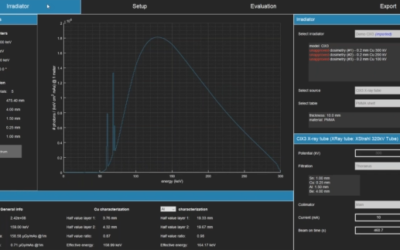PURPOSE:
Esteya® (Nucletron, an Elekta company, Elekta AB, Stockholm, Sweden) is an electronic brachytherapy device used for skin cancer lesion treatment. In order to establish an adequate level of quality of treatment, a risk analysis of the Esteya treatment process has been done, following the methodology proposed by the TG-100 guidelines of the American Association of Physicists in Medicine (AAPM).
MATERIAL AND METHOD:
A multidisciplinary team familiar with the treatment process was formed. This team developed a process map (PM) outlining the stages, through which a patient passed when subjected to the Esteya treatment. They identified potential failure modes (FM) and each individual FM was assessed for the severity (S), frequency of occurrence (O), and lack of detection (D). A list of existing quality management tools was developed and the FMs were consensually reevaluated. Finally, the FMs were ranked according to their risk priority number (RPN) and their S.
RESULTS:
146 FMs were identified, 106 of which had RPN ≥ 50 and 30 had S ≥ 7. After introducing the quality management tools, only 21 FMs had RPN ≥ 50. The importance of ensuring contact between the applicator and the surface of the patient’s skin was emphasized, so the setup was reviewed by a second individual before each treatment session with periodic quality control to ensure stability of the applicator pressure. Some of the essential quality management tools are already being implemented in the installation are the simple templates for reproducible positioning of skin applicators, that help marking the treatment area and positioning of X-ray tube.
CONCLUSIONS:
New quality management tools have been established as a result of the application of the failure modes and effects analysis (FMEA) treatment. However, periodic update of the FMEA process is necessary, since clinical experience has suggested occurring of further new possible potential failure modes.
Blanca Ibanez-Rosello, Juan Antonio Bautista-Ballesteros, Jorge Bonaque, Francisco Celada, Françoise Lliso, Vicente Carmona, Jose Gimeno-Olmos, Zoubir Ouhib, Joan Rosello, & Jose Perez-Calatayud, PhD1,5







